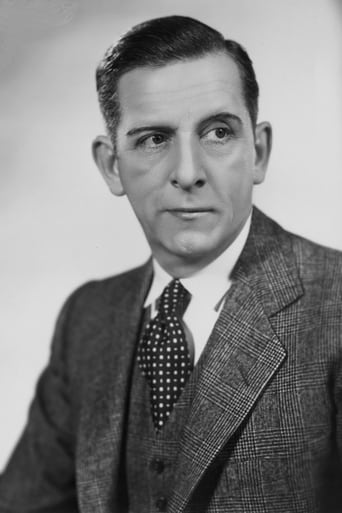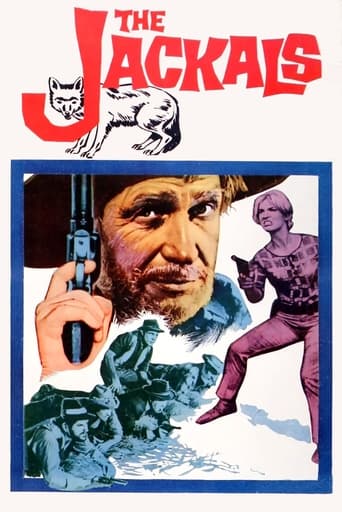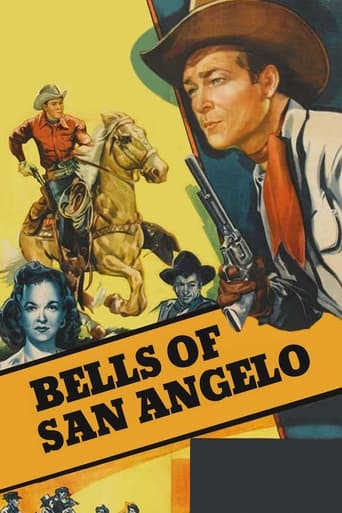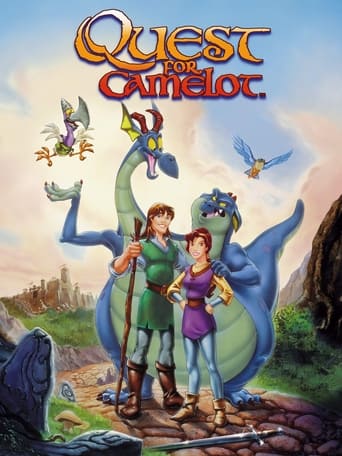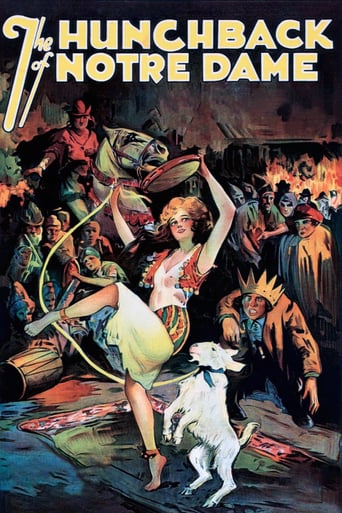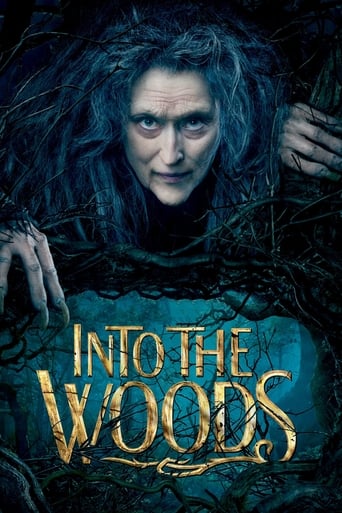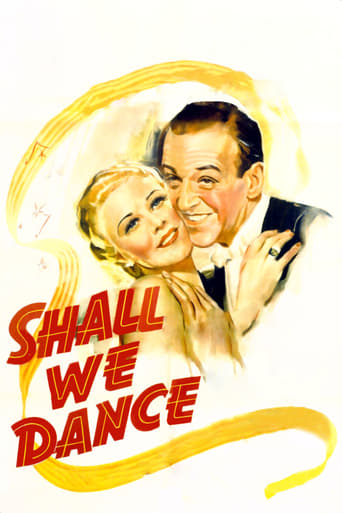

Shall We Dance (1937)
Ballet star Petrov arranges to cross the Atlantic aboard the same ship as the dancer and musical star he's fallen for but barely knows. By the time the ocean liner reaches New York, a little white lie has churned through the rumour mill and turned into a hot gossip item—that the two celebrities are secretly married.
Watch Trailer
Cast
Similar titles
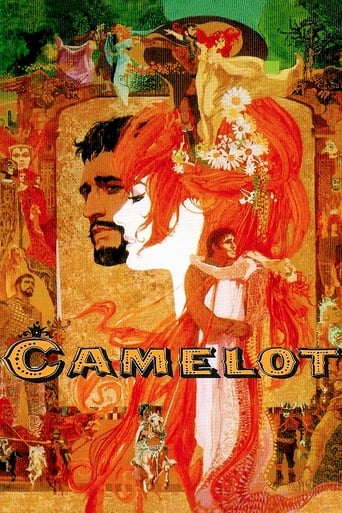
Reviews
I like the storyline of this show,it attract me so much
Too much of everything
There is, somehow, an interesting story here, as well as some good acting. There are also some good scenes
All of these films share one commonality, that being a kind of emotional center that humanizes a cast of monsters.
Fred Astaire plays a ballet dancer who falls in love with musical revue star Ginger Rogers. The two cross the Atlantic on the same ship with Fred managing to make some headway with her before rumors, misunderstandings, and publicity stunts come between them. The stars shine brightly with that wonderful chemistry they displayed in every movie. Fun support from Edward Everett Horton, Eric Blore, and Jerome Cowan. Great music by George and Ira Gershwin. Some of the classic musical numbers include "Let's Call the Whole Thing Off," "They All Laughed (at Christopher Columbus)", "Slap That Bass," and "They Can't Take That Away from Me." Really good stuff. Not my favorite Fred & Ginger movie but it's solid fun that should put smiles on the faces of most viewers.
First of all, Fred Astaire is far too American to be believable as a Russian dancer named "Petrov", and the squabbling he goes through with Ginger Rogers (as an off-key star of musical revues) is a repeat of everything that they've done in their movies up until now. But when you've got Edward Everett Horton, Eric Blore and RKO's top art decco set directors, that's enough to distract you from the silliness of the plot. Add on songs by the Gershwins (the first of two films where they collaborated together) and all those reluctant complaints seem redundant.The basic plot has Astaire and Rogers being mistaken in the press as married, and before you know it, they're hotter than Brad and Angelina. Ginger wants no part of this, but Freddie has a few tricks up his sleeve to win her for good. Thanks to George and Ira's music (some of George's last), it works. Fred woos her to "They Can't Take That Away From Me" (which he would repeat 12 years later in "The Barkleys of Broadway") and even has a bunch of dancers with Ginger masks prancing around him in the title number. What tough Broadway star wouldn't fall for that? The lyrics for Ira are very clever too, particularly in "They All Laughed" and "Let's Call the Whole Thing Off". As visually exciting as the ship set song "Let Yourself Go" is, what boiler room looks like a Broadway set? Horton & Blore provide droll humor, and exchange some great lines. All they are missing is Franklin Pangborn.
Its fun walking through movies from an era where the stage had not yet migrated away from the screen. It was possible, for instance for Fred Astair to be in the funky bowels of a coal- fired ship and have us presented with a polished floor and musically clanking stage engine parts. This sort of stage/reality merger is not possible today, even in "musicals" and its quite a cinematic jolt, even though expected.But supposing you aren't tuned the way I am, there are still three very nice things here. In the order they appear: The story is about a man (a dancer) who sees a picture of a woman (who happens to also be a dancer) and falls in love with her. But her appeal should be something to do with how she dances, right? And pictures don't dance. Ah, but they do; we are shown a flip book, consisting of photos from a film. Flip the pages and you see her dance. Stare a moment and the flipbook seamlessly transforms into the film of her dancing. Its a film within that could as easily from that point be the guy's fantasy. This ability to play fast and loose with reality, film and show is unique, I think, to the 30s. We've come to see Fred and Ginger dance. But we've seen them before, and the truth is that no matter how talented they are, its much the same from one film to the next. So what to do? Well, you add two gimmicks. One is not interesting to me: Fred "mixes" ballet and tap. The other is pretty amazing: Fred and Ginger dancing as a couple on roller skates! Now this is pretty darn amazin'. They both seem to completely understand gravity as visionary mystics. That's what its all about, is transcendence. Its what makes her sexy as heck and he classy. The final big number has two devices that impressed. The first and most visually cinematic is the set. It is a huge cylinder with many vertical doors behind which dancing girls appear and vanish. This is expertly designed and photographed, the only thing here that is. The other device is that the scores of girls wear Ginger masks. She has left him and re-appears behind one of the masks. Oh, you should know that the story, thin as it is, is based on false presentations like this.Ted's Evaluation -- 2 of 3: Has some interesting elements.
Fun Astaire-Rogers musical, directed by Mark Sandrich with a Gershwin songbook. This confection has the usual slight plot of the team's films, but the musical numbers and the charisma of the two stars more than make up for the implausibilities. The supporting players Eric Blore and Edward Everett Horton are a hoot as ever. My favourite number was the classic "Let's Call The Whole Thing Off", which is concluded by Fred and Ginger doing their famous roller skate dance. I can't even skate properly, let alone dance in them! While it is great entertainment, it is overlong (the dog gag is cute, but gets tired quickly) and pales in comparison to "Swing Time" and the wonderful, wonderful "Top Hat".


